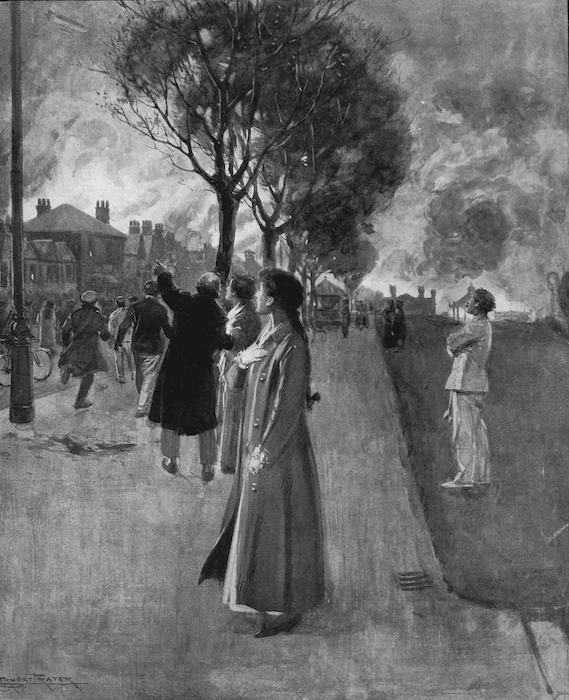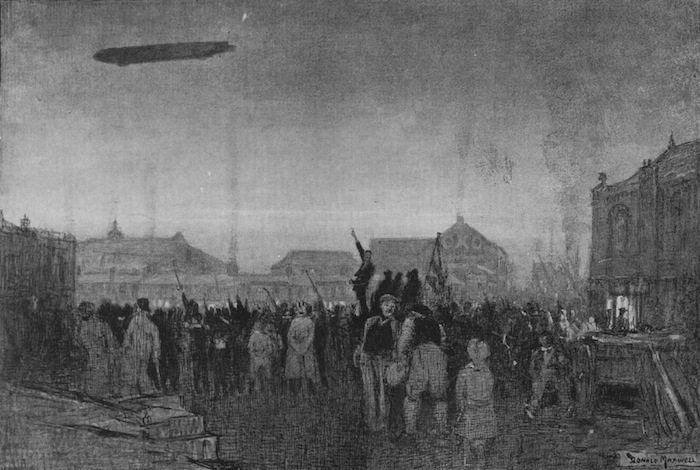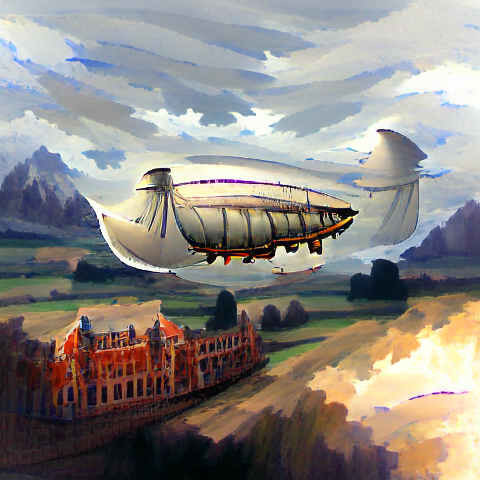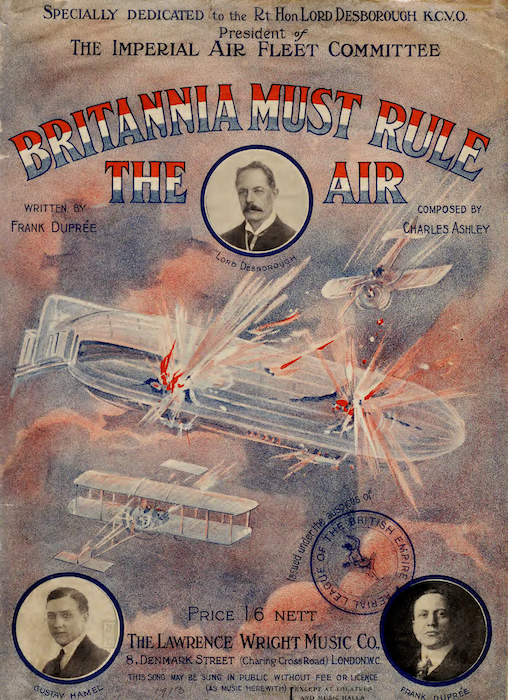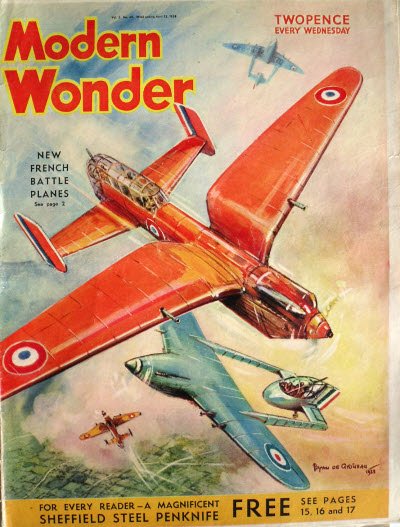Why this book?
So I’m writing a book. Why? There are already many histories of the German air raids on Britain in the First World War: in my proposal, I listed eleven published since the 1980s alone, and even that is hardly exhaustive. Many of these are excellent — Ian Castle’s books, in particular, are required reading on […]


